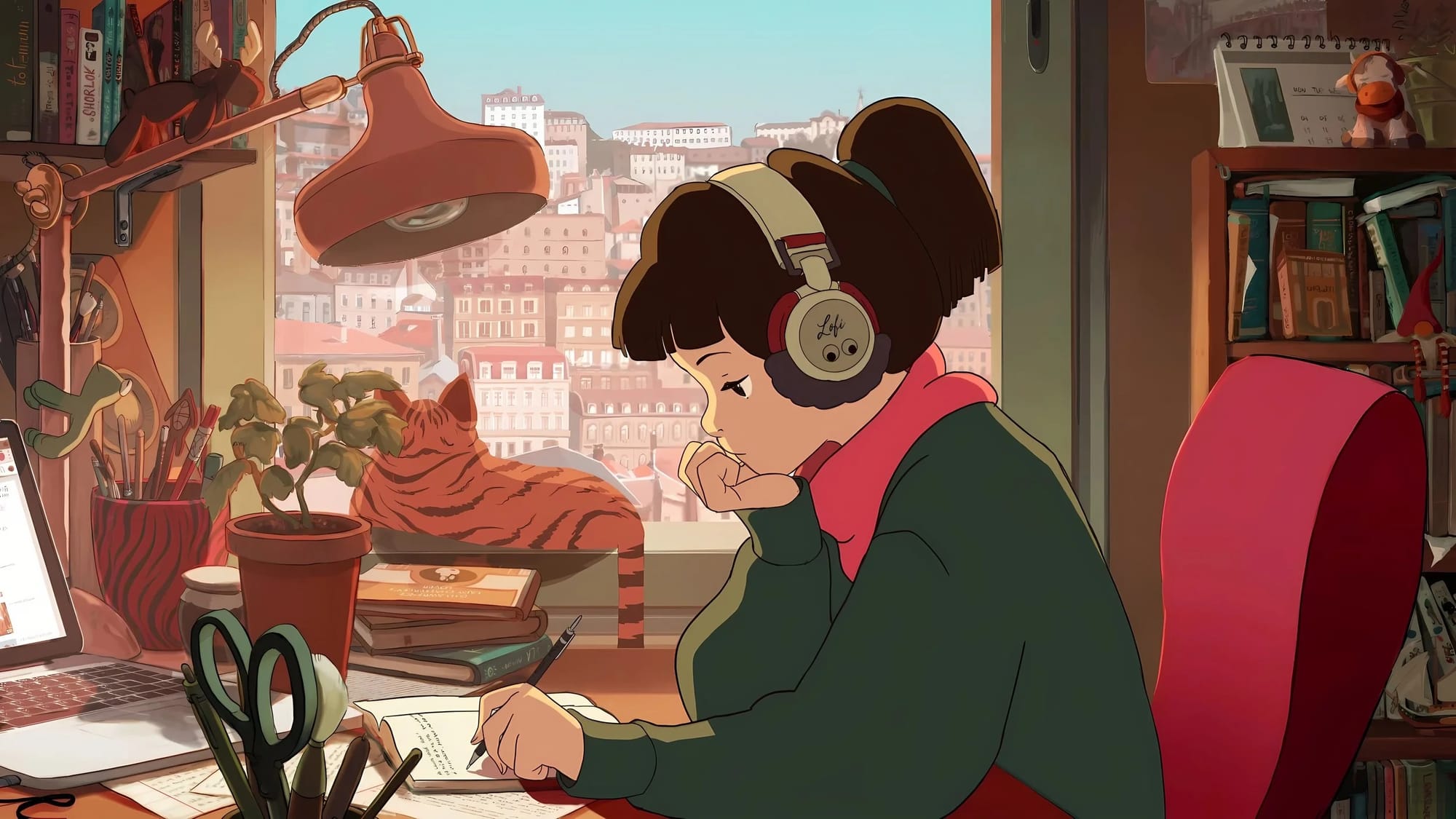Tens of thousands of people, at any given time, are idly listening to the ambient, muted beats that accompany the Lofi Girl livestream: in solo studying sessions, taking tests in a classroom, and using the tunes as a stand-in for white noise to aid sleep. The livestream, which is one of the longest running live broadcasts on YouTube, is often hiding in browser tabs, leaving the perpetually busy Jade (the Lofi Girl) to lazily take her notes behind whatever Wikipedia page or spreadsheet you’ve got open. But she is always there, the googly eyes stuck to her headphones wobbling as she looks up from her notes, to peek in on, to study with, or to chill to—the details of the music become secondary to the vibe.
This post is for paid members only
Become a paid member for unlimited ad-free access to articles, bonus podcast content, and more.
Subscribe
Sign up for free access to this post
Free members get access to posts like this one along with an email round-up of our week's stories.
Subscribe
Already have an account? Sign in

